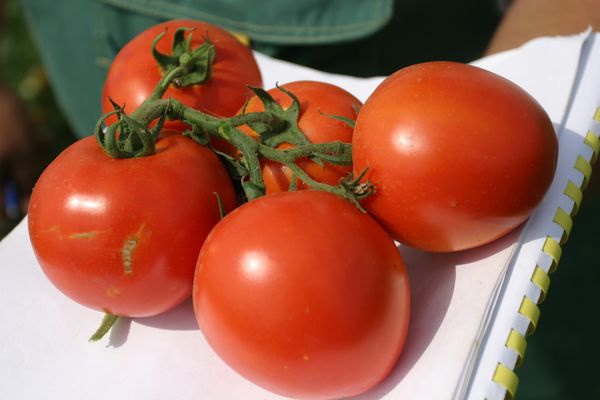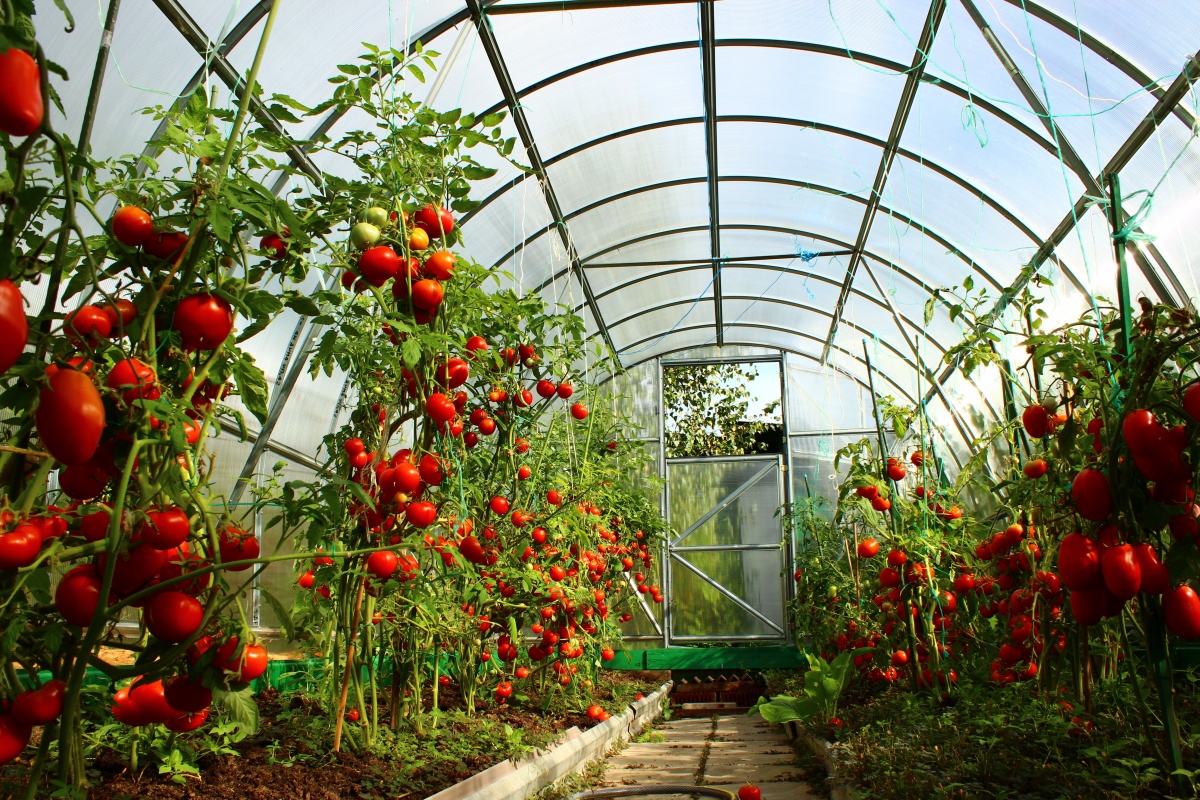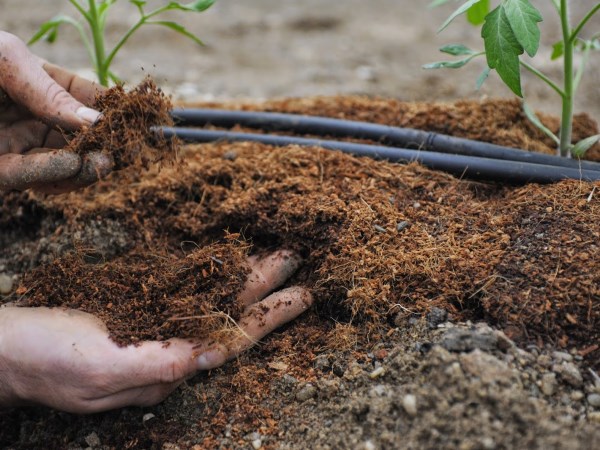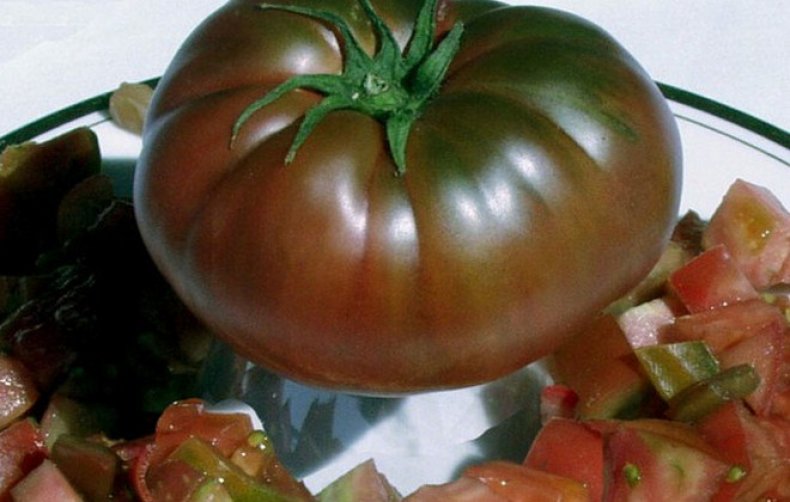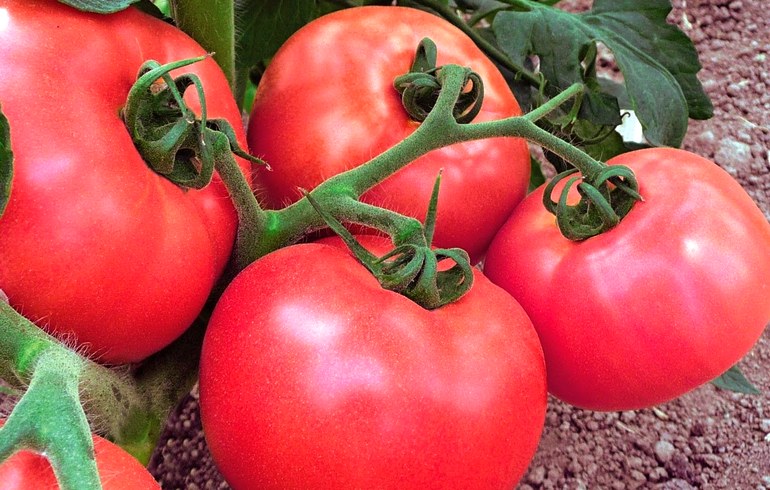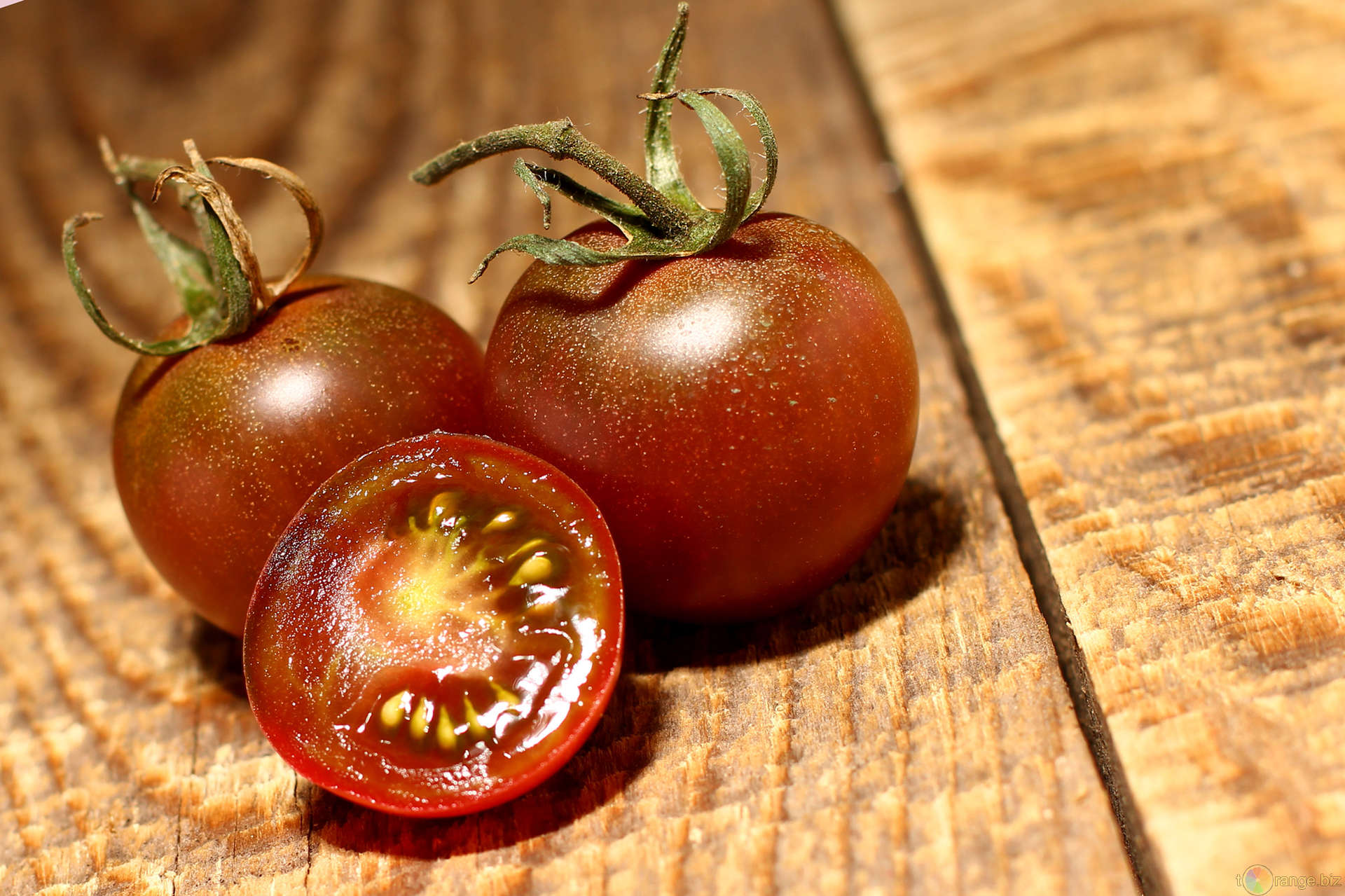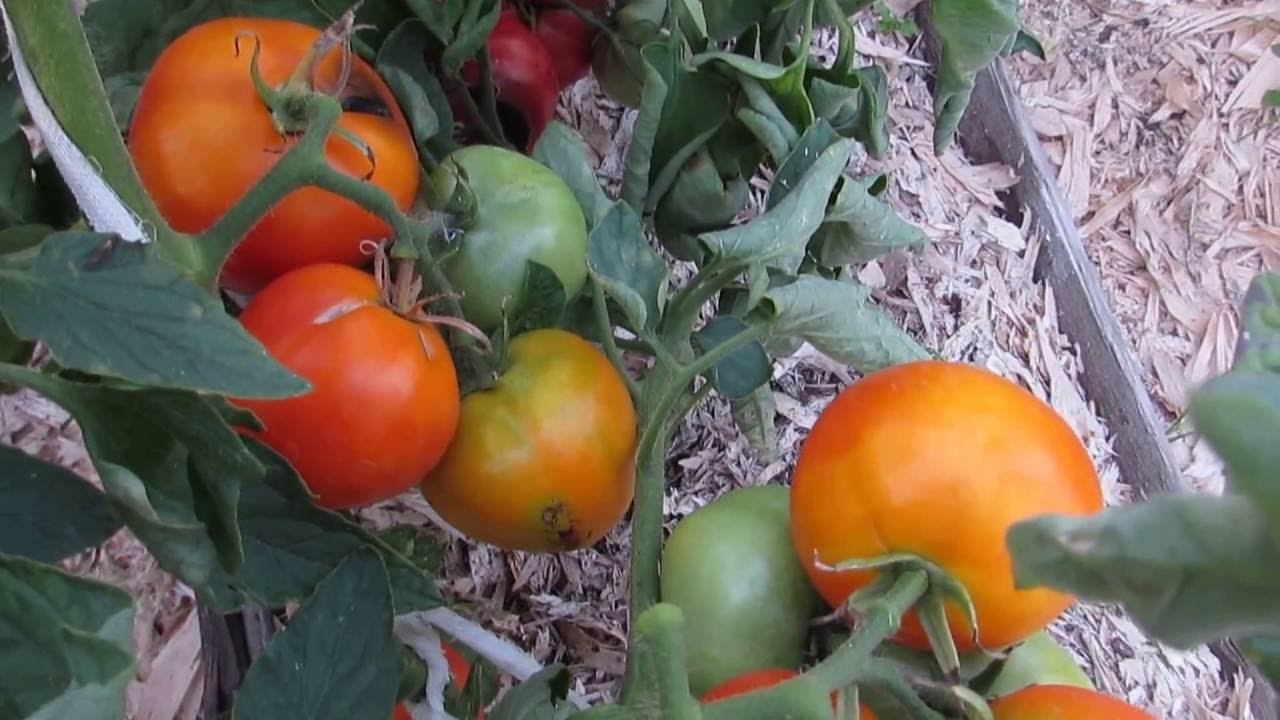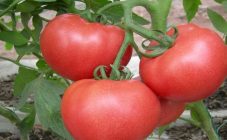Content:
The harsh climate is not suitable for all varieties of tomatoes. Growth requires special resistance to cold and changeable weather. Northern Blush was bred for cultivation in these regions with cool summers and harsh winters. It is grown in open ground, under a film and in greenhouses without heating on summer cottages. We will get acquainted in detail with the qualities of this variety further.
Breeding history
Tomato Northern Blush, whose characteristics and description of the variety are discussed here, appeared through selection at the beginning of the 21st century. Its qualities make it possible to grow such tomatoes in harsh climatic conditions. The produced crop can be grown in the northwestern and northern regions of Russia with a short summer period and weather changes. The variety was tested, after which it was released for cultivation in areas with a rather cold climate. The Northern Blush was added to the State Register in 2010.
The main qualities possessed by the Northern Blush tomato:
- determinant type of bush (growth is limited by a flower brush);
- resistance to cold temperatures, weather changes during shoot growth and fruit development;
- pinching is not applied, but the stems are tied.
Pinching the tops is optional. The variety grows in film greenhouses and ridges.
For quick ripening of tomatoes, a bush is formed from only 3 stems. Ripening, which begins in the middle of summer, is not afraid of late blight.
Characteristics and features of the variety
Northern Blush bushes are limited in growth. They are crowned with a flower brush, so the top is not removed, as in some varieties. When the weather changes towards a decrease in temperature, the plant shows resistance. In the north, this is especially important not only during growth, but also during the ripening period of the crop.
The plant parameters are as follows:
- The culture has erect shoots, height - up to 0.9 m;
- The greens have a delicate emerald color, the usual sizes, like all tomatoes;
- Weakly leafy plant;
- Shoots are resistant to major diseases;
- Inflorescences of simple flowers, up to 7 brushes;
- The fruits are round. Almost no ribbing;
- Pleasant taste;
- The color is bright red, when unripe it is light green;
- The mass of tomatoes is up to 120 g;
- Rather dense and smooth skin.
The crop ripens 100 days after the formation of the first leaves of the seedlings. Ripe tomatoes can be transported for medium, but not long distances. They are good both fresh, for salad, and for pickling, also suitable for juicing. Productivity from 1 sq. meters - up to 6.5 kg (but sometimes 8 kg), amicable ripening. In addition to northern latitudes, Blush is successfully cultivated in the latitude of Moscow, the Urals, the Far East, and Siberia.
Features of agricultural technology
The Northern Blush can be planted in the late spring and early summer when it comes to cold regions. Planting material is prepared 2 months before.
When grown, the bush should have no more than 3 stems, which contributes to maximum yield, full ripening. The second stem is taken out from under the first inflorescence.Watering is done once a week or 5 days. Extra leaves do not need to be removed. Shoots are fixed on supports, trellises. Tomatoes can fall under the weight of the crop. If the bush is tied up, it will not lie horizontally. As a result, diseases and pests do not affect, and it is also not difficult to weed, water at the root and feed.
It is easier to fix in the greenhouse, but the fixtures are also used in the garden. You need two supports and ropes (but not fishing line, wire cutting into the stem). There are several methods. For example, the plant is attached to a wire frame, which is advisable for this variety with a large yield. Trellises are also used - ropes stretched between 2 supports with an interval of 0.3 meters. The vertical version of this method is for bushes with a single shoot that “crawls” along a rope fixed to the ceiling. Plants are also attached to a fixed mesh.
The usual agricultural technology for tomatoes is used. Timely soil moistening, hilling, fertilizing with complex fertilizers according to the scheme indicated by the manufacturer, during the ripening period are required.
Advantages and disadvantages of the variety
Manufacturers have endowed the Tomato Blush with a number of advantages. The following advantages of the variety can be indicated:
- Early and simultaneous ripening;
- Resistance to late blight, many diseases;
- Sufficient resistance to cold;
- Pickling, pinching the top is not necessary, in comparison with many other varieties;
- Significant yield.
In addition, seedlings can be placed both in the open field and under a film, having been sown 2 months before this moment. The culture has practically no flaws. The bulk of reviews from gardeners are positive. They note a high yield, resistance to many diseases.
When choosing a tomato for growing, it is highly advisable to study their characteristics. Rapidly maturing varieties and hybrids (designated f1) are always of interest to summer residents. Even with a short summer season, they are easy to grow. Although you have to sow under cover, only in warm soil. Made for northerners, the Server Blush is popular for its yield and resistance to adverse factors.
